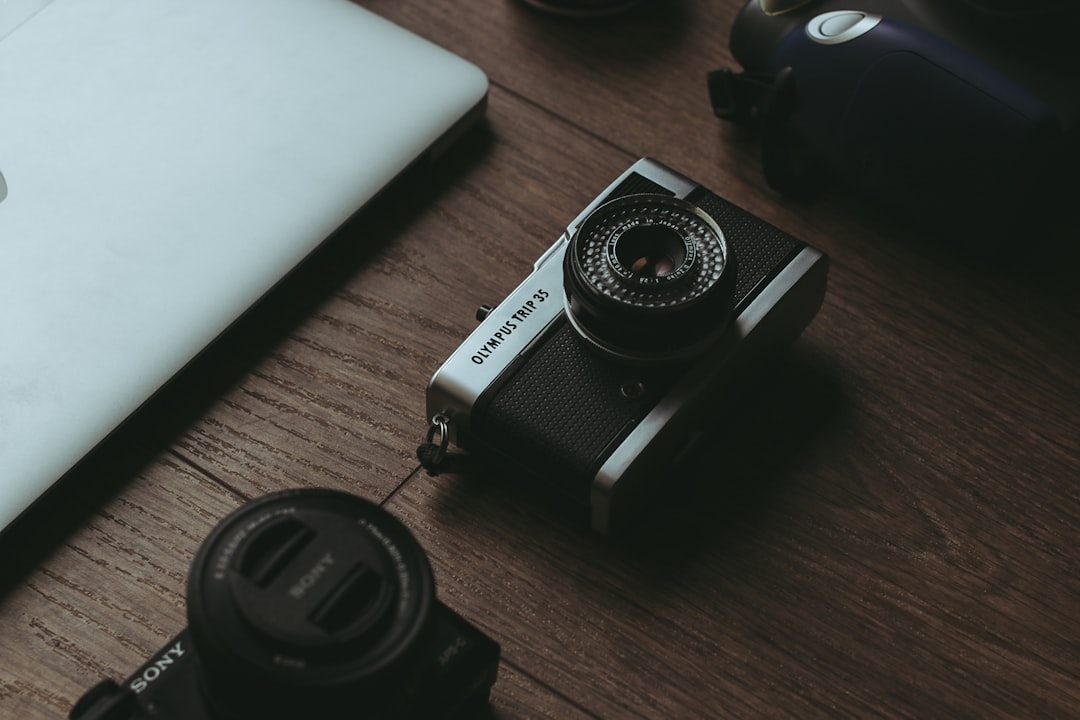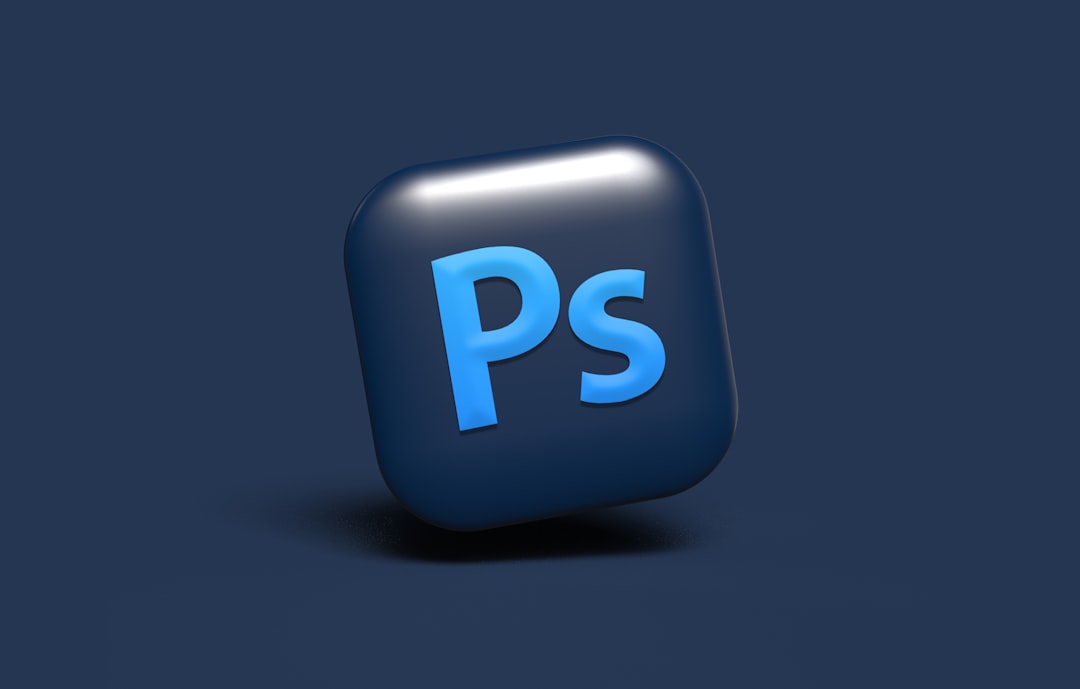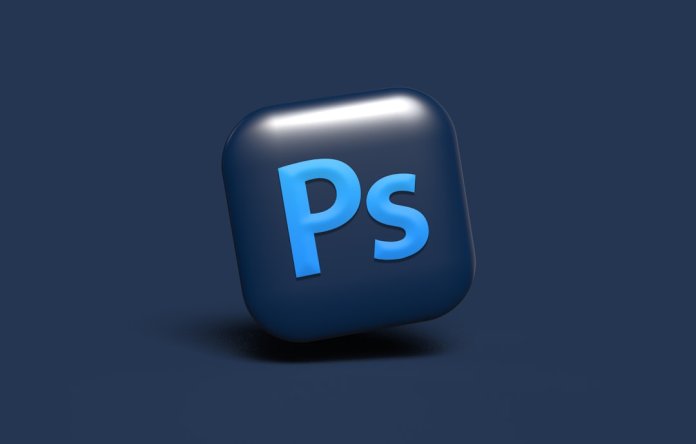In today’s digital-first world, sharing images through U.S. websites and social media platforms like Facebook, Instagram, and LinkedIn is second nature. However, many platforms impose file size limits—especially for uploading profile pictures, blog visuals, or business-related graphics. A common benchmark is keeping an image under 1 megabyte (MB), particularly for optimal loading times and compliance with platform constraints. Reducing the size of an image without compromising quality can seem challenging, but with the right tools and techniques, it becomes a straightforward task.
In this guide, we’ll explore easy, effective, and free ways to convert any image—whether it’s PNG, TIFF, or a large JPEG—into a 1 MB or smaller JPEG file suitable for U.S. websites and social media sharing. This information is especially critical for professionals who must maintain visual quality while adhering to technical standards.
Why Reduce Image Size to Under 1 MB?
Before diving into the methods, it helps to understand why reducing image size to 1 MB is necessary. Here are a few reasons:
- Faster Loading Speeds: Large images affect website speed, impacting user experience and SEO rankings.
- Platform Restrictions: Several websites and online forms limit file uploads to 1 MB or less.
- Efficient Sharing: Smaller images can be easily emailed, texted, or shared over social media without hiccups.
- Mobile Optimization: Mobile users often rely on limited data and slower internet speeds, so smaller images improve accessibility.
Understand Image Formats and Compression
To successfully reduce the image size, understanding how image formats work is key. Formats like TIFF or PNG are typically higher in quality and size, whereas JPEG uses lossy compression to significantly reduce file sizes while maintaining acceptable visual fidelity.
JPEG (.jpg) is widely accepted across websites and social platforms because it strikes a good balance between quality and size. For the purpose of reducing your image to 1 MB, converting your file to JPEG is a highly effective step.
Methods to Convert and Compress Images to Under 1 MB
1. Use Free Online Compressors
One of the simplest and fastest ways to reduce image size is by using online tools. These platforms are usually free and user-friendly, requiring no software installation. Some of the most reliable choices include:
- TinyJPG (tinyjpg.com): Upload your PNG or JPEG and download the compressed result. It maintains high quality with efficient compression.
- ILoveIMG (iloveimg.com): Offers batch compression and format conversion features.
- Compress JPEG (compressjpeg.com): A straightforward interface that allows bulk upload and immediate download.
To use these tools, simply:
- Visit the site.
- Upload your image.
- Download the compressed image once it’s processed.

2. Resize the Image Dimensions
Image file size is influenced not just by format, but also by its physical dimensions (measured in pixels). For example, a photo with 4000×3000 pixels will be significantly larger than one of 1200×800 pixels. Here’s how to resize your image:
Using Paint (Windows):
- Open the image in Paint.
- Click on Resize and choose percentage or pixels.
- Adjust dimensions proportionally to retain image shape.
- Save as JPEG and check the size.
On macOS Preview:
- Open the image in Preview.
- Go to Tools > Adjust Size.
- Reduce the resolution or pixel dimensions.
- Save as JPEG with desired quality setting.
Reducing dimensions doesn’t mean the image will look worse, especially when it’s used on digital platforms where ultra-high resolution is not noticeable.
3. Adjust Compression Quality in Software
Advanced users might prefer offline software like Adobe Photoshop or GIMP for better control. By using “Save for Web” or export options, you can tweak quality settings to lower the file size:
In Adobe Photoshop:
- Go to File > Export > Save for Web (Legacy).
- Select JPEG and adjust the quality slider (try 60–75 for decent output).
- Preview the new file size before saving.
In GIMP:
- Open your image and go to File > Export As.
- Select JPEG and adjust the quality slider.
- Hit Export and monitor the final file size.
This method gives more control over balancing quality and size, making it ideal for professionals or marketers concerned with branding visuals.
4. Use Mobile Apps for Quick Compression
If your workflow relies on a mobile device, there are several reliable apps that allow for on-the-go image compression:
- Photo Compress 2.0 (Android): Offers manual resizing and quality tweaking capabilities.
- Image Size (iOS): Lets you set exact dimensions and quality percentages.
- JPEG Optimizer (iOS): Tailored for compressing JPEGs with custom quality settings.
These apps are a great solution if you’re posting directly to Instagram, Facebook, or a business site from your mobile device.
Best Practices for Formatting Images for U.S. Platforms
To ensure your images display correctly and respect site requirements, follow these guidelines:
- Use JPEG format: It is widely compatible and easy to compress under 1 MB.
- Keep dimensions in check: 1200×628 pixels works well for most web uses; for profile pictures, 400×400 suffices.
- Maintain aspect ratio: Avoid distortion by locking proportions when resizing.
- Use sRGB color space: Ensures consistent appearance across all devices.
Testing Before Upload
After resizing and compressing your image, it’s crucial to inspect the file before uploading. Check the following:
- Right-click on the file and select Properties (Windows) or Get Info (Mac) to verify size.
- Open the file in a browser or image viewer to assess sharpness and clarity.
- Try uploading to a test platform to see how it performs in real-world settings.

Additional Tips for Maintaining Quality
While minimizing file size, your goal should be to preserve as much visual integrity as possible. Consider these additional strategies:
- Avoid resaving multiple times: Each save with lossy compression degrades image quality.
- Start with a high-quality source: Let the original image offer more flexibility for compression without visible artifacts.
- Focus on essential visuals: Remove unnecessary background elements or overlays that act as noise in the final product.
Conclusion
Learning how to convert any image to a 1 MB JPEG is an essential skill for anyone sharing content online, particularly within the U.S. digital landscape. With easy-to-use online tools, built-in software, free desktop programs, and mobile apps, this process doesn’t have to be tedious or tech-heavy.
By applying strategic resizing, careful format conversion, and thoughtful compression, you can consistently produce high-quality images ready for blogs, websites, social media profiles, and content marketing. Remember to preview your results and always keep a backup of the original, uncompressed file for future editing needs.
Don’t let large file sizes hold back your online presence. With the tips above, you’ll be able to create stunning visuals that are both lightweight and impactful.
